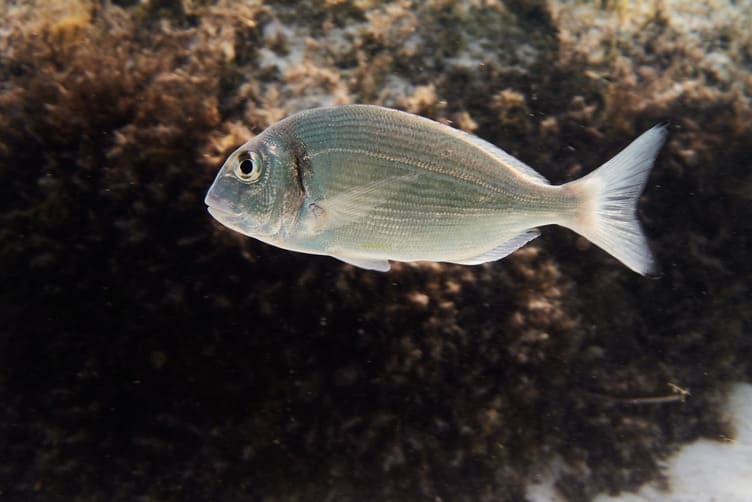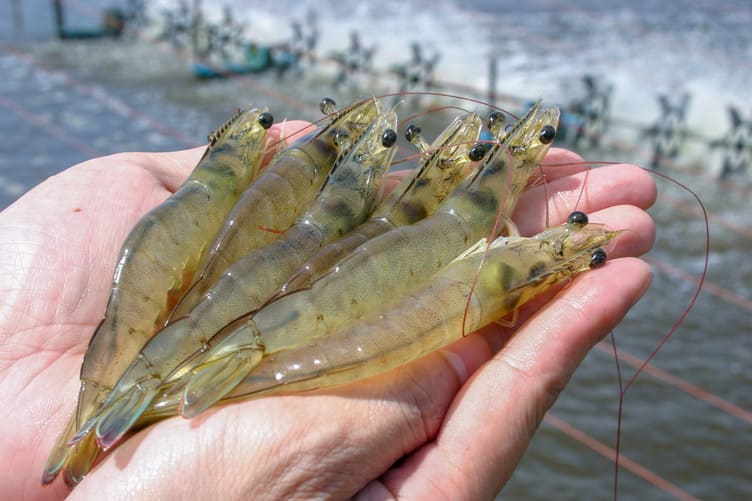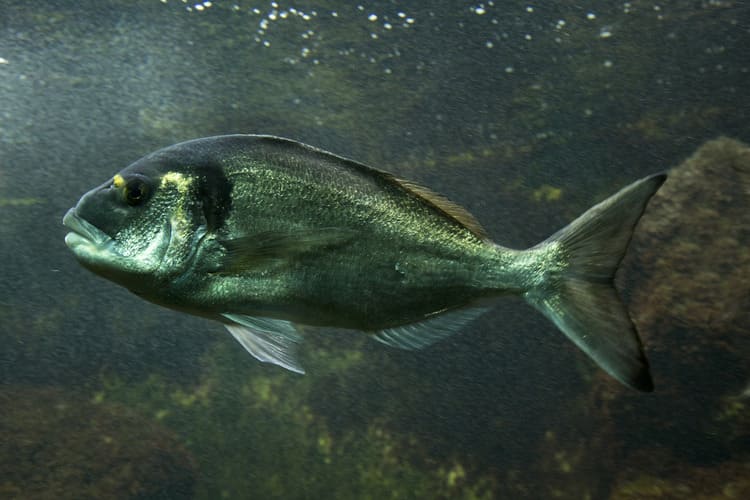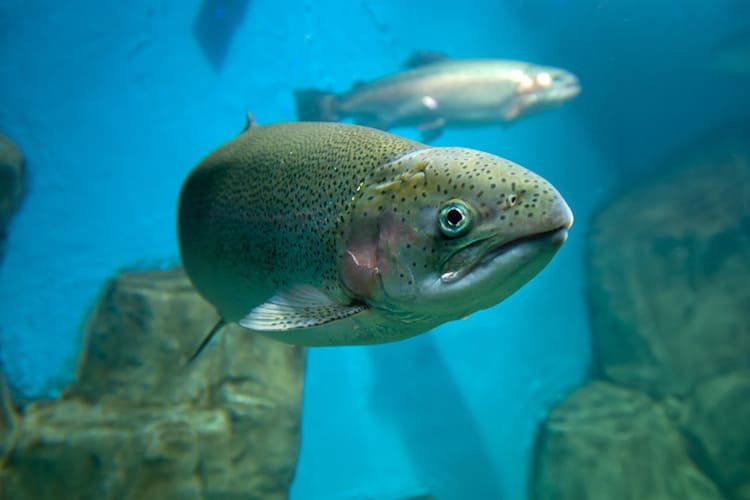Pacific whiteleg shrimp is the topmost aquacultured species produced in the world. However, shrimp feeding behavior results in unnecessary expenditures, as some of the feed offered is not entirely consumed. Nowadays, aquaculture has become more accepting of using animal by-products such as poultry meal as a protein source to replace…
Reductions in fish oil content in aquafeeds can generate physiological and immunological disorders in farmed fish, associated to low dietary levels of n-3 long chain polyunsaturated fatty acids (n-3 LC-PUFAs) and increased levels of n-6 PUFAs. Based on mammalian literature, spices could potentially counteract some of these negative effects. To…
The regulation of feed intake in fish is dependent upon different neuroendocrine and metabolic mechanisms including amino acid sensing in the gastrointestinal tract (GIT). However, there is little information regarding the impact of diets on such mechanisms. Therefore, in this study, we fed rainbow trout (Oncorhynchus mykiss) with 3 diets:…




